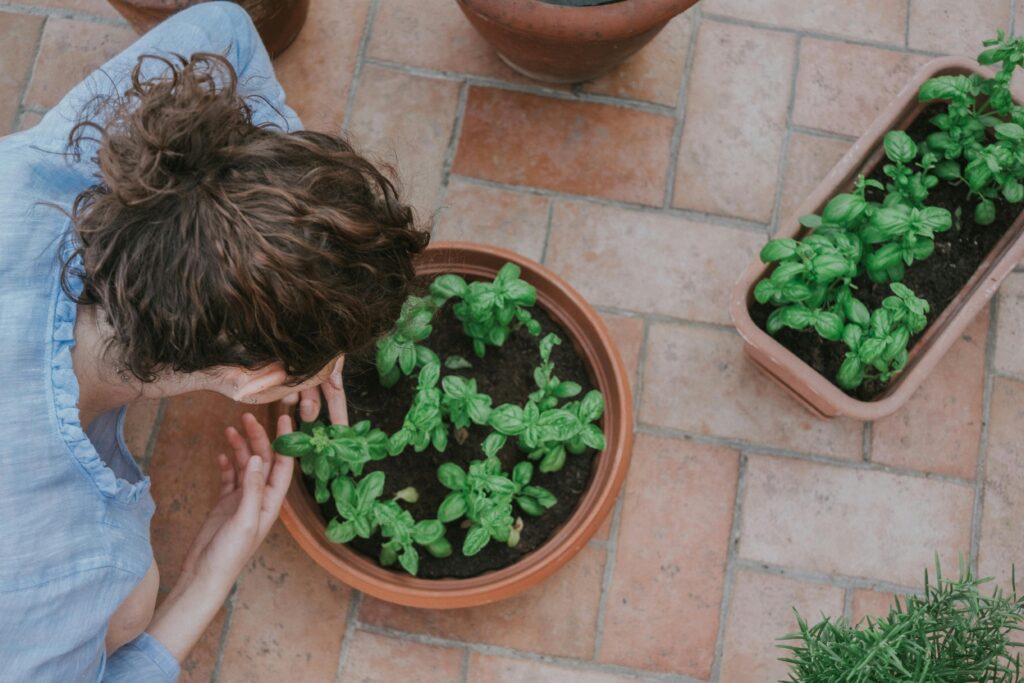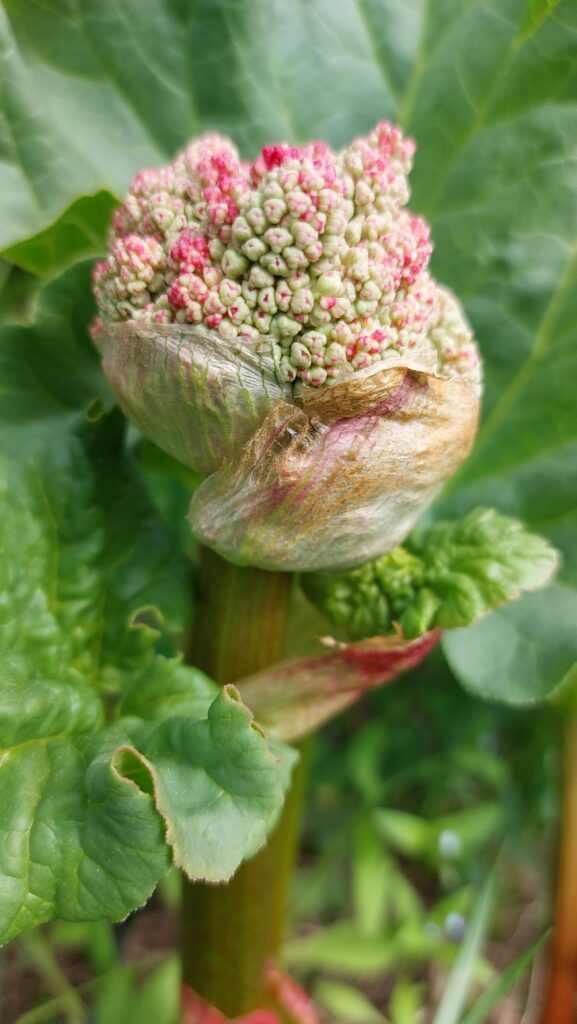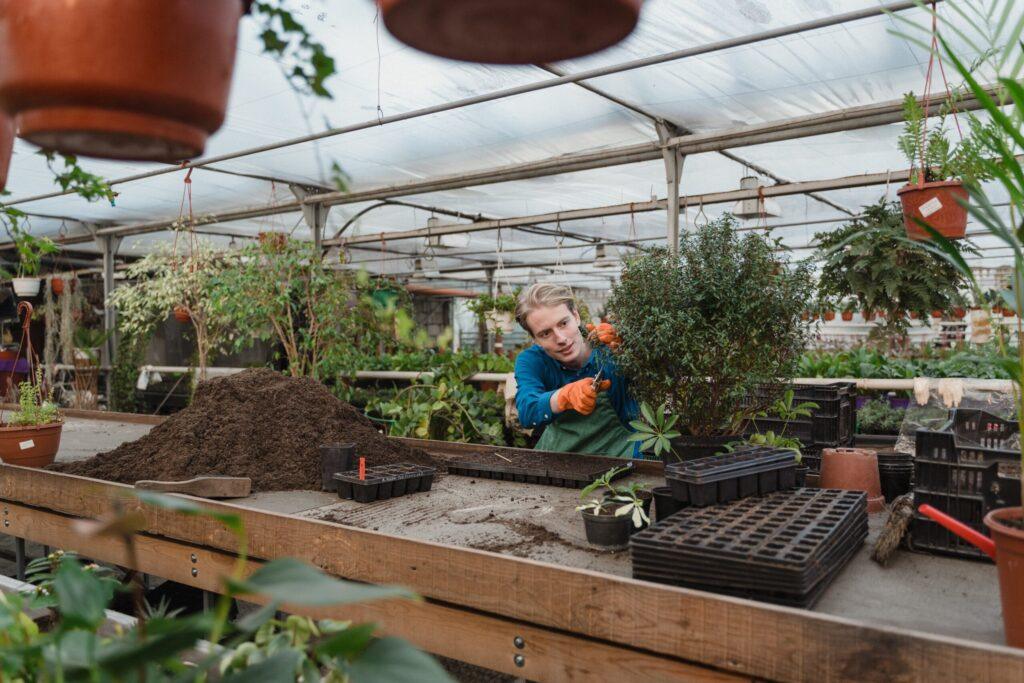As you are sitting around in your glum Winter Wonderland, are you excitedly pondering what can I plant in February? If so, then this list will give you a lot of inspiration as you patiently wait for spring. Here are some actionable steps you can take right now to drive down the cost of food production for your family.
One of the absolute grossest examples of inflation is at the nursery. Nursery plants today are ridiculously priced and every effort you make to avoid having to spend your money there really doubles your return in terms of money saved. Growing your own is a real solution to the inflation problem we are all experiencing in real time.
Winter really is a perfect time for getting many plants going so that they are robust and healthy when the time comes to finally put them outside. Instead of small little fledgling plants, you can start your own nursery of vibrant and sizeable food and flower plants that provide you with a harvest of beauty because you took time to find solutions.
Reminder: I am growing in the Deep South so that may affect some of my selections, but I do make every effort to provide solutions that are actionable for all of us. If you are new to growing and producing food for your home and family, please ask a trusted gardener from your area if this will work for you, then disregard what they say and experiment to see what works for you!

Grow Some Seedlings
Some of our summer garden favorites take quite a long time to get going. Many of these are the same plants that would also benefit from a longer growing season. Some of these are the tropical and hot-weather loving plants like the following:
- Hot Peppers – start with great seed and be sure to put them in a high-quality seed-starting mix that drains well. Peppers definitely benefit from a humidity dome.
- Some Tomatoes – if the varieties you plan to grow have a short days-to-harvest, then you can wait, but healthy robust tomato plants are best started 8 weeks before your last frost.
- Tomatillos – make sure to plant more than one plant as these need a buddy to produce well. This is the key ingredient to my Salsa Verde Recipe, but they have other tasty uses as well.
- Cranberry Hibiscus – have you grown this tropical beauty before. These cranberry red leaves are delicious in salads and are a wonderful addition to herbal tea blends when dried. Be careful, these get HUGE when given enough heat in the growing season!
- Roselle Hibiscus – so very different than the plant mentioned above. Cranberry Hibiscus is grown for its tasty calyxes which are dried and used for teas, use fresh in some chutneys, but my favorite use is when turned into a deliciously tart jam. Even if you don’t have the season length these require, I would still consider growing them for the flower show alone.
- Perennial Plant Seeds – go ahead and start any perennial plant seeds you are wanting to establish in your garden this year. The sooner you get them started, the sooner you will enjoy a harvest of garden perennials such as artichokes or asparagus.
Tubers
There are so many roots that we have available for us as food. We rarely consider many of them, especially not in February. This year if you think differently and take action now, you can reap the rewards later.
- Ginger – there are so many gingers and so little time! I love growing the Shampoo Ginger for its fabulous looks and usefulness, the pretty Dancing Ladies variety for it’s cheerful show in my shade garden, and the common Ginger for is bright and healthful culinary use.
- Turmeric – no gardener should be without some turmeric in the ground. Start them now indoors and when the weather warms you will be sure to get a harvest before the season ends. Once you do, you will be hooked.
- Sweet Potato – now is the time to get your slips started. Once the slips are 6-8 inches long, remove them from the sweet potato and get the slips rooted in some soil. Keep them in the pots until the soil is sufficiently warmed. They do not like the cold!
- Jerusalem Artichoke – if you are not familiar with these, you should be. Start the tubers in separate pots for careful transplant in the spring. The top growth is lovely and somewhat similar to a sunflower. The harvest is the tuber which I enjoy fermenting but we have roasted them on a sheet pan similar to potatoes as well. These are also a high-nutrition animal food crop.
- Yuca – better-known as Cassava, this tropical plant requires a long growing season. Even here I over-winter the roots I am keeping indoors rather than in the ground outdoors so that they will not die a frosty death. These starchy roots are where tapioca comes from but most people grow and use them just like potatoes.
Crowns
February is a great time to start growing two of spring’s favorite flavors. Consider making some space indoors to grow these delicious goodies.
- Rhubarb – when I have started to dormant crown indoors then put it out in early spring I have had the most success here in the South. These over-winter fine in northern climates where they are better suited, but they are known to be difficult to impossible to grow where I live. It has taken me years to get a reliable growing method.
- Strawberry – order and start your strawberry crowns now. Both ever-bearing and June-bearing varieties will produce sooner when they have this simple head start. What I have realized in my climate is that even though they are called “June-bearing” they fruit all of April through June.

Roots and Bulbs
If you are just thinking daffodils, tulips, and paper whites, then you are missing out on many of the foods that grow from tubers and bulbs that can be started indoors and transplanted out later. Here are a couple to get you headed in the right direction.
- Horseradish – if you have not yet started your own patch of horseradish, just do it! Horseradish is so beneficial as both a valuable medicinal as well as a culinary favorite. Start some now so you have some to harvest when you make your Fire Cider this fall.
- Arrowroot/Canna – I keep growing this because of the lovely flower and bio-mass it produces. Yes, this is where arrowroot powder comes from, but for now, I just buy it online and keep the plants for their contribution to my garden.
- Fennel – most people grow fennel as an annual, but it is actually a short-lived perennial in zone 6-10. For me it over-winters very well and I am surprised how well we all like fennel. This year I hope to harvest some seed to use as micro-greens and season some of our duck sausage.
- Onions – most of us should really be growing green onions year-round. They can be harvested and regrown several times before they need to be removed and refreshed with new bulbs. This is also a perfect time of hear to start your Egyptian Walking Onions indoors if you haven’t started a stand of them on your homestead yet. Bulb onion seeds were started last year and put in-ground in November for harvest this spring for our region. Right now might be seed-starting time in your climate.
Cuttings
Those brown, dead-looking sticks hold the power to produce a tasty harvest of good things for years to come. Browse some reliable sites online and locally to see what you can add to your food-production stash this year.
- Elderberry – Elderberry cuttings are some of the easiest to root in all of the plant world. If you want to begin producing your own elderberries to make syrup then make sure to get some cuttings started right now. You will need two varieties for best pollination success.
- Grapes – there are so many varieties so do some research to see what is best for your climate. We have a lot of wild grape varieties that grow here and they often cross-pollinate with the cultivated varieties. We primarily grow Muscadines as they are particularly well-suited for growth here in the South.
- Sugar Cane – I like to start my cane indoors instead of putting it right in the ground because I like to see and make a mental note of where it is when it is planted. Young plant shoots easily blend in with the surrounding grass and are likely to get mowed down by non-gardening spouses!
- Raspberry & Blackberry – This is the time to get dormant cuttings from friends or family and get them rooted. You will love growing your own patch of highly-productive, delicious berries that are perfectly acclimated to your growing conditions.

Bare Root Shrubs & Trees
Since our ground does not freeze, we can put trees and shrubs in year-round. However, to make sure they get off to a good start and focus on developing an excellent root system we plant our trees out in the fall. They spend the winter focusing on establishing roots before the brutal heat of summer gets started. Bare root trees and shrubs such as blueberries usually perform best by being placed in ground in late winter so that they wake up in place and continue their normal growth cycle without interruption.

